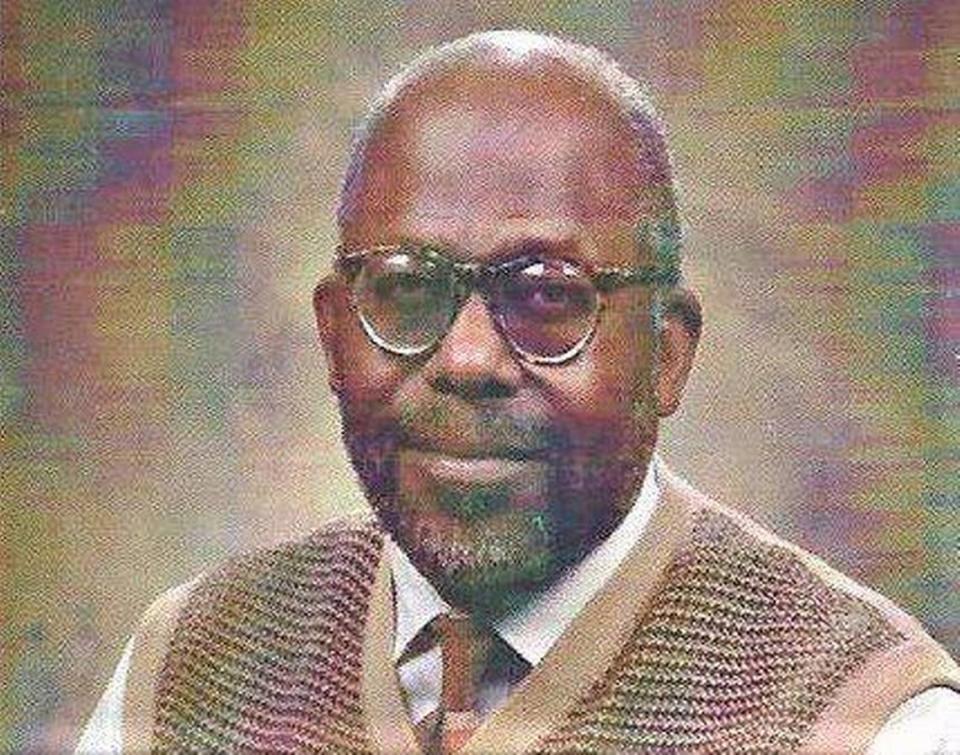Black Californians suffer the loss of generational wealth. Reparations aim to help | Opinion
“When will we get paid?” is an oft-repeated question posed by African Americans post-Emancipation period to the present.
Consistent with this question is how newly freed slaves expected their promised “40 acres and a mule.” Both the question and expectation of “freedom dues” are the basis of the controversial idea of reparations to pay a national moral debt to the descendants of slaves who had a dramatic hand in building this nation as both unfree and low-wage labor.
On May 5, the state of Washington’s Legislature passed a bill that would tie reparations to the longtime practice of redlining in real estate and restrictive covenants that severely penalized buyers or sellers if they were African Americans.
A common covenant read “. . . no property to be sold, conveyed, rented, or leased to any person not of the White or Caucasian race.” This wording is strikingly like a covenant in Fresno’s Fig Garden Estates that I used in my courses at Fresno State. However, the Fig Garden Covenant named the restrictive racial categories, such as “Negroes, Jews, Middle Easterners, Mexicans, and Armenians.”
The limitations on Blacks creating intergenerational wealth largely lay with this practice. The Washington Covenant Home Ownership Act will pay restorative recompense if one can prove he/she was a victim of redlining. The act requires a $100 covenant fee on all new home sales, which will generate $100 million per year.
Reparations are a part of Western civilization’s legal heritage. Jews who were victims of the Nazi holocaust have been given monetary damages, as were American citizens of Japanese ancestry who were victims of relocation in barbed wire-enclosed camps during World War ll.
And, to the point of this essay, Black survivors of the massacre in Rosewood, Florida (1923), were given reparable damages for loss of life and property by the state of Florida. Native American citizens have been given, by both state and federal governments, some type of recompense for the rape and pillage of Indian life and land. One noted book that reviewed the onslaught of how American settlers relentlessly killed Native Americans to lay claim to their land is entitled, “Who’s the Savage?”
In years past, several academic papers analyzed the “Case for Reparations.” This word phrasing was the 1972 book title by Yale law professor Boris Bittker, and the same word phrasing was used in the 2014 Atlantic magazine essay by Ta-Nehisi Coates. A California Task Force on Reparations on May 5 recommended a formal apology by the state and millions in cash payments for individuals who suffered in health-care disparities, mass incarceration, racial policing, and housing discrimination.
The task force determined eligibility with these words: “lineage . . . determined by an individual being an African American descendant of a chattel enslaved person or descendant of a Black person in the U.S. prior to the end of the 19th century.”
This eligibility is too narrow, for it ignores slavery by a different name, i.e., the long period of Jim Crow or the shadow of the plantation. This adjunct to slavery was discrimination based on skin color. Therefore, immigrant Africans and West Indians should be eligible for restorative compensation. Just ask Abner Louima, a Haitian immigrant sodomized by New York City police in 1997 just because he was Black.
Other reparation proposals include the following categories of “restitutive compensation”: funds for predominantly K-12 Black inner-city schools; free college education and job training; free quality health care and housing for low-income Blacks; free child care for low-wage Black workers; a 24/7 police presence in high-crime, inner-city neighborhoods; food vouchers for those who are challenged by food insecurity; and clothing for poor Black children.
Finally, many of the pro-writings on reparations do not consider the feelings or emotions of whites today, who do not feel they are to be blamed for the sins of their ancestors. However, it was these blood -related individuals, with the support of state policy, that began the build-up of white intergenerational wealth. It was the 1930s-40s New Deal’s Homeowner Loan Corp. that refused loans to Blacks as with the post-World War II G.I. Bill that discriminated against Black veterans’ efforts at purchasing nice homes in the newly developed “vanilla suburbs.”
In most proposed reparation bills, the historical parameters to prove discrimination end with the Fair Housing Act of 1968.
Dr. Malik Simba is professor emeritus of history and Africana Studies at California State University, Fresno


